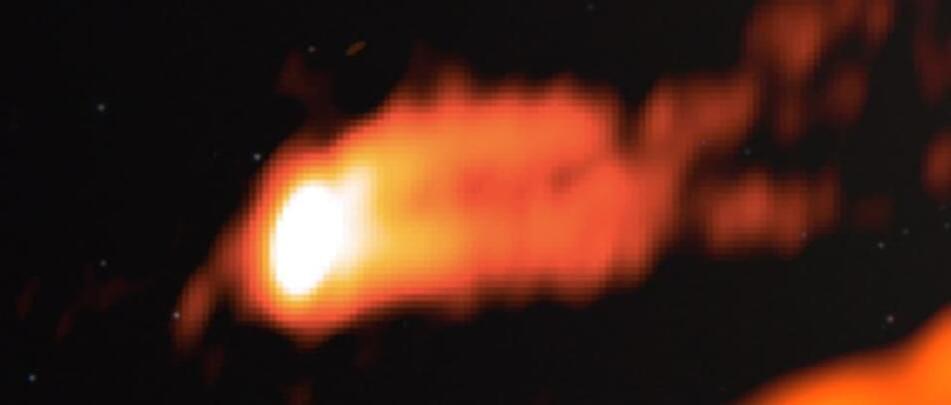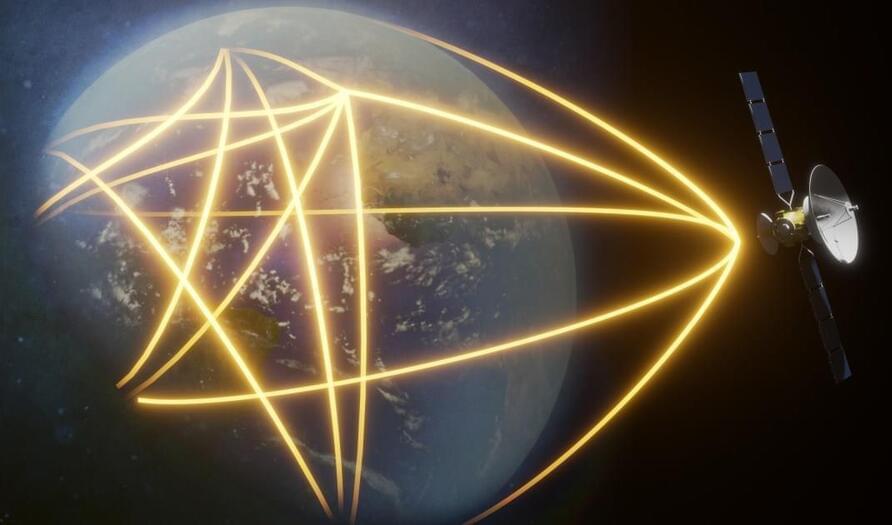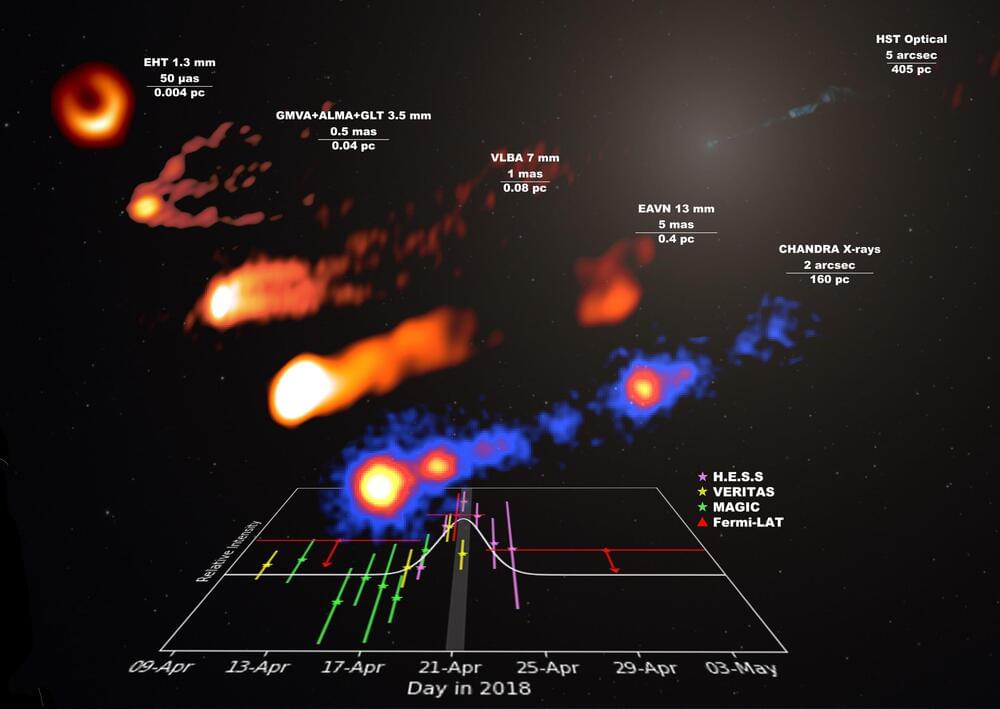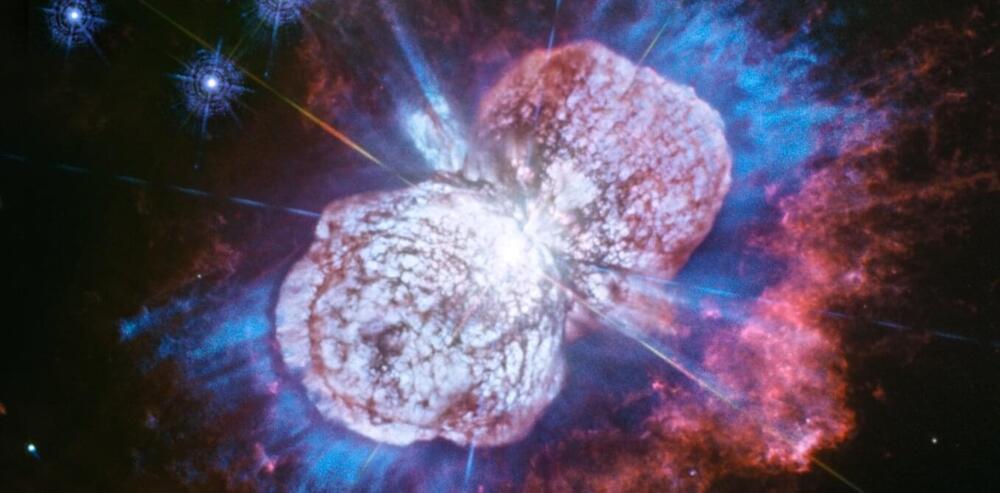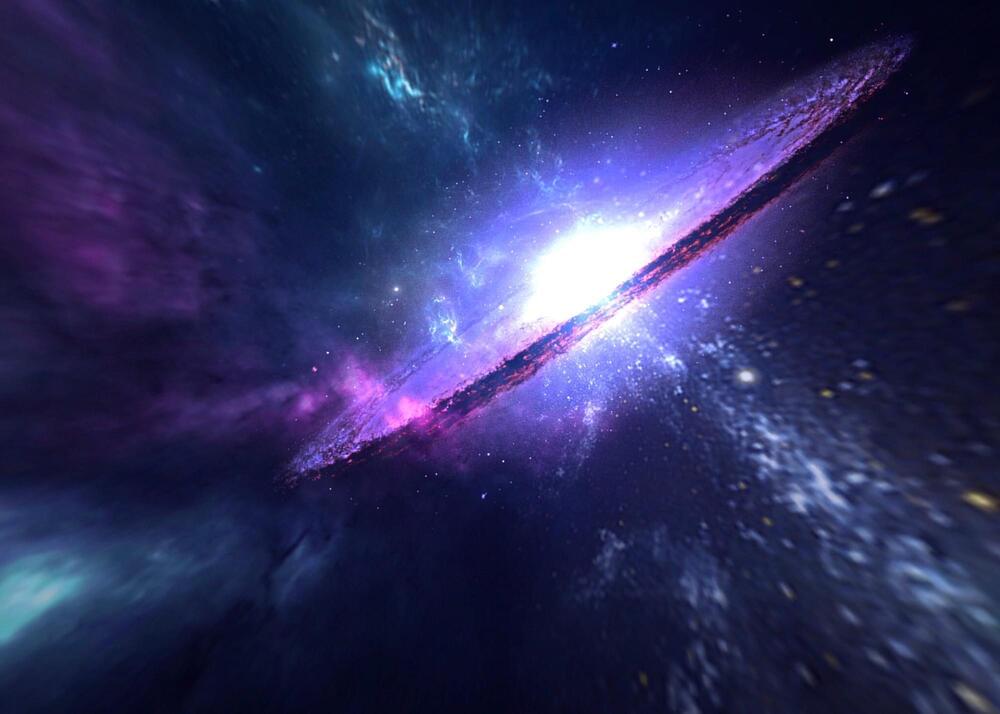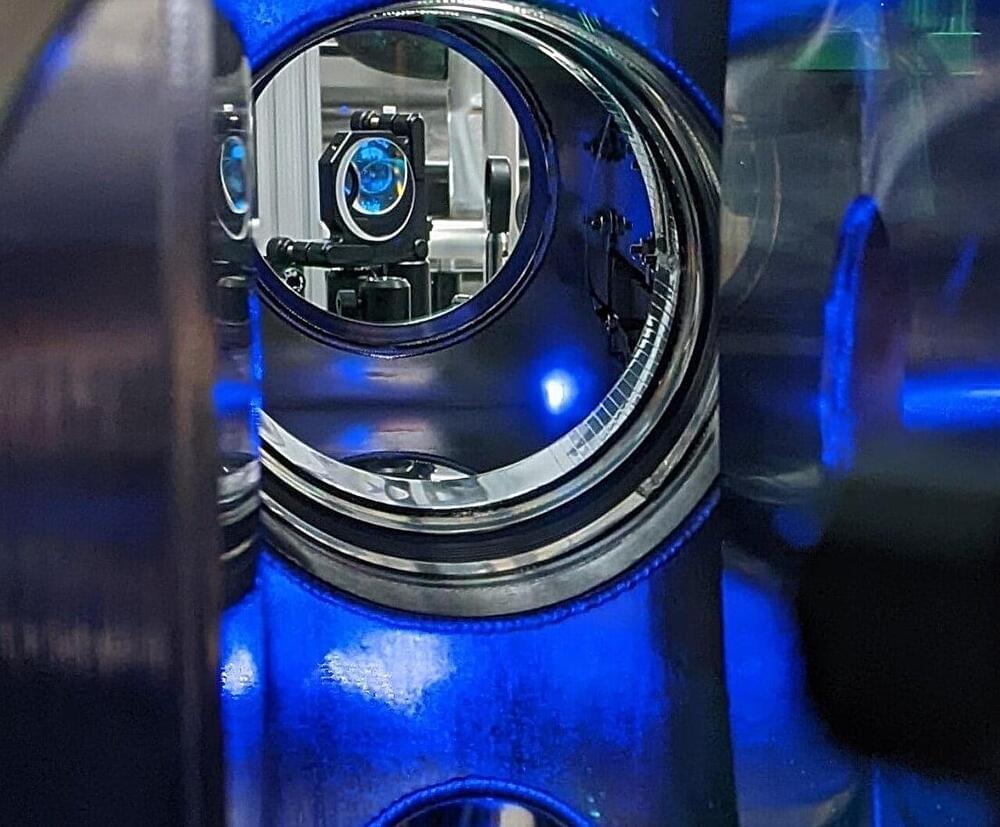Dec 13, 2024
Scientists Set Out to Capture a Black Hole — an Explosion Photobombed
Posted by Shubham Ghosh Roy in category: cosmology
When you stare for long enough into the heart of a galaxy to try to catch a glimpse of the black hole that lurks therein, that may not be all you catch.
When a huge collaboration directed telescopes around the world to the heart of galaxy M87 in 2018 in an ultimately successful effort to capture detail of its supermassive black hole, they also managed to observe some of the wild shenanigans such a black hole engages in.
Now, astronomers discovered that one of those shenanigans was a colossal belch – a gamma-ray eruption from one of the powerful jets of plasma launched from the black hole’s poles as it feeds.
